
Sense of occasion is, sometimes, hard to define. It’s one of those scenarios where if a car or, as the case may be, an SUV has it, you just know. It doesn’t need to be quantified. The Range Rover Velar is the definition of sense of occasion – a design-led product that could, and probably will, sell on its style alone. Luckily this road-focussed Range Rover isn’t just a pretty face; there’s real substance to back up its catwalk looks. Ultimately, the Velar fills the gap between the Evoque and Sport to be Range Rover’s fourth model, and we reckon RR will sell as many as it can make.
TELL ME ABOUT THIS CAR
The mid-spec D240 SE R-Dynamic tested here offers an interesting, ahem, dynamic given its twin-turbo diesel heart offers frugality without compromising on the kerb-side cache customers will buy into. At $106,950 it’s also a bit of a sweet spot in the line-up given how full the spec sheet is for the price. While the Velar is essentially based on the same underpinnings as the more sporting Jaguar F-Pace, Velar focusses on the luxury to find its niche.
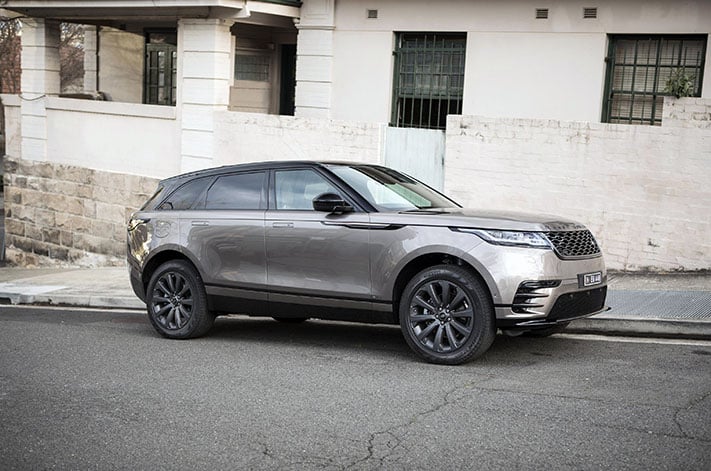
STRENGTHS
- Just look at it. Beauty is in the eye of the beholder, but the Velar fails to disappoint in the design stakes. With its sleek roofline meeting an upturned rear, flush doorhandles (that magically appear when you unlock the car) and the copper accents of the R-Dynamic, the D240 SE certainly isn’t an ugly duckling. Large 20-inch alloy wheels and a choice of premium hues round out the concept-car-for-the-road design.
- The interior is utterly gorgeous and makes you feel like royalty – certainly fit for a corgi. The rich caramel cow hide covers just about every surface and it ties in well with brushed aluminium and piano-black accents. There’s even a Union Jack crafted into the stitched leather. Mixed with a choice of 10 ambient lighting colours, the Velar creates an ambience few SUVs, or cars for the matter, can match.
- Dominating the experience inside is the Touch Pro Duo infotainment system, consisting of two 10-inch touchscreen displays. The top screen can be adjusted for tilt and deals mainly with navigation and connectivity. The system is visually stunning and ergonomically sound when in a static state. The TFT dash also ties in well, meaning traditional knobs and dials are now largely a thing of the past.
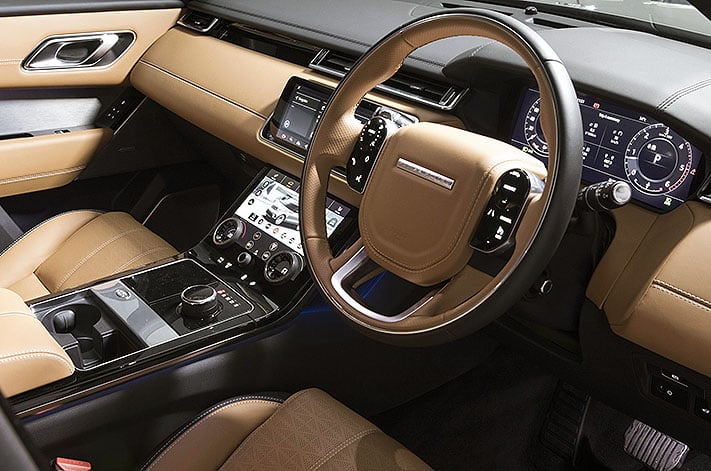
- Despite the slopping roofline (with the bum rising to meet it, offering a ‘coupe-esque silhouette), rear-seat headroom is more than acceptable. So is legroom, while the fact the rear backrest can recline is an added bonus.
- Boot space is spacious at 588 litres, expanding to 1616 litres with the 40:20:40-split rear seats folded. There’s no load lip to get heavy items over and the rear can be lowered via a button, if the vehicle is equipped with optional air-suspension.
- With 177kW and 500Nm of torque, the 2.0-litre four-cylinder twin-turbo diesel Ingenium straddles the economy/performance line well. The D240’s claimed fuel consumption is 5.8L/100km. Combined with the venerable eight-speed ZF automatic, the forward progress is in keeping with the refined Velar experience.
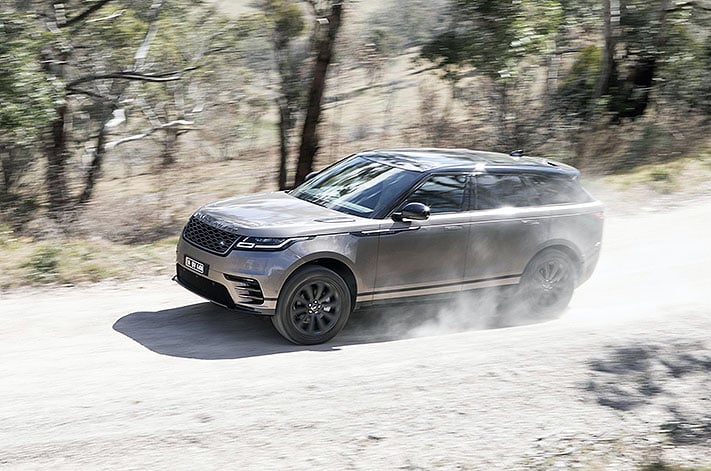
- Refinement certainly flows into the on-road behaviour, resulting in supressed noise and vibration (NVH) levels. Ride quality, in Comfort mode, on the air suspension is as plush and wafty as you’d expect a RR to be at speed. Yet in Dynamic mode, it still has decent body control and ample grip thanks to the permanent all-wheel drive, Terrain Response 2 system.
- While an off-road test wasn’t conducted, with 251mm of ground clearance and a 650mm wading depth (with air suspension), the Velar has class-leading credentials. Plus, with approach angles of 28.89 degrees, breakover angles of 23.5 degrees and departure angles of 29.5 degrees, the Velar could go where many owners won’t dare to. Hill-descent control is standard as well as dedicated off-road modes.
WEAKNESESS
- Those screens may look nice (actually, that’s very much an understatement), but the ones you touch attract fingerprints like flies to an outdoor Christmas lunch. That’s not what you want in a $100K, leather-wrapped living room on wheels.
- The lower of the two 10-inch touch panels is allocated to the main controls (like drive modes and climate controls etc.) and it becomes very distracting to use on the open road. With only three tactile buttons, navigating your way around the screens at speed by feel alone is virtually impossible. It would be interesting to see if this changes over time with greater exposure.
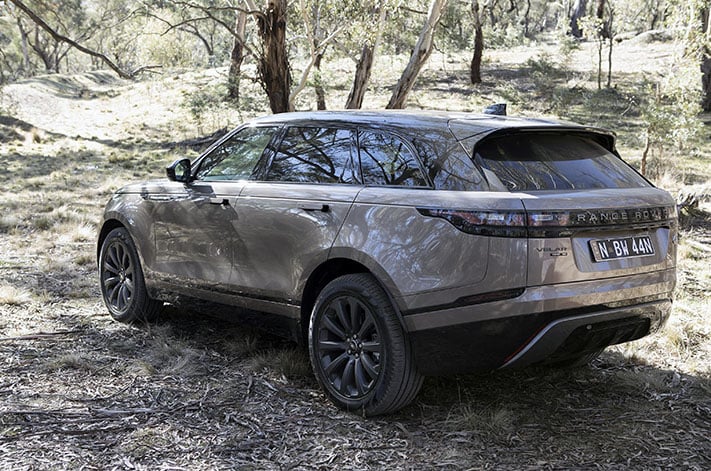
- While that roofline may look sleek, it impedes on rear visibility; especially in terms of rear three-quarter vision and when combined with the relatively small tailgate window. Thick A-pilars need some adjusting to, as well.
- The ride quality is a bit of a mixed bag. The primary ride is good; meaning smooth undulations, speed bumps and general road imperfections are dealt with aplomb. However, the secondary ride can be fussy and unresolved – especially when in Dynamic mode. It certainly doesn’t deal with Melbourne’s myriad tram tracks as well as it could. Comfort mode affords a suppler ride, but in turn results in mid-corner bobble and rebound.
- The options list can get scary, meaning the relatively affordable D240 SE can become very expensive if you’re not careful. Also, if you want either of the V6s (turbo diesel of supercharged petrol) with a decent amount of kit, you’ll be forking out a significant amount of cash.
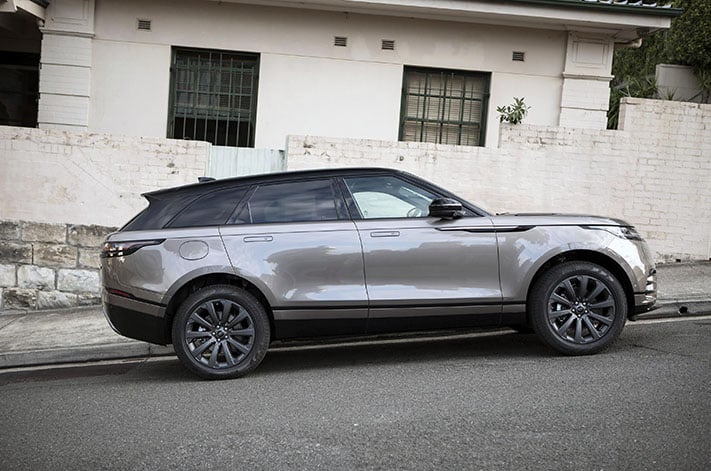
ANY RIVALS I SHOULD CONSIDER?
Audi Q5, BMW X3 and X4, Jaguar F-Pace, Lexus NX and RX, Mercedes-Benz GLC, Porsche Macan and Volvo XC60.




